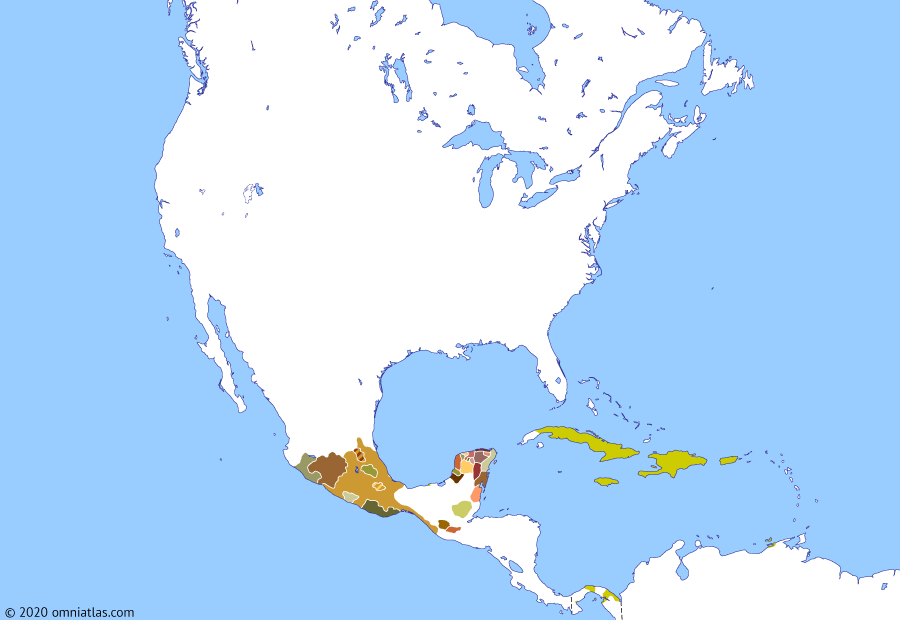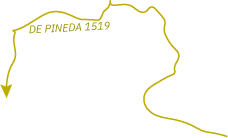North America 1519: Cortés’ expedition to Mexico



22 April 1519
22 Apr 1519
Cortés’ expedition to Mexico
In 1518 and 1519 the Spanish colonies of Cuba and Santiago (Jamaica) sent expeditions to explore the Gulf of Mexico, establishing its extent and discovering the Aztec Empire. In late 1518 Governor Velázquez of Cuba gave the magistrate Hernán Cortés command of a follow-up expedition to secure a foothold on the mainland, but the ambitious Cortés soon broke away from Velázquez’s authority, gathering over 500 adventurers to join him. Sailing to Mexico, he established the town of Villa Rica de la Vera Cruz (Veracruz) on the coast of the Aztec Empire in April 1519.